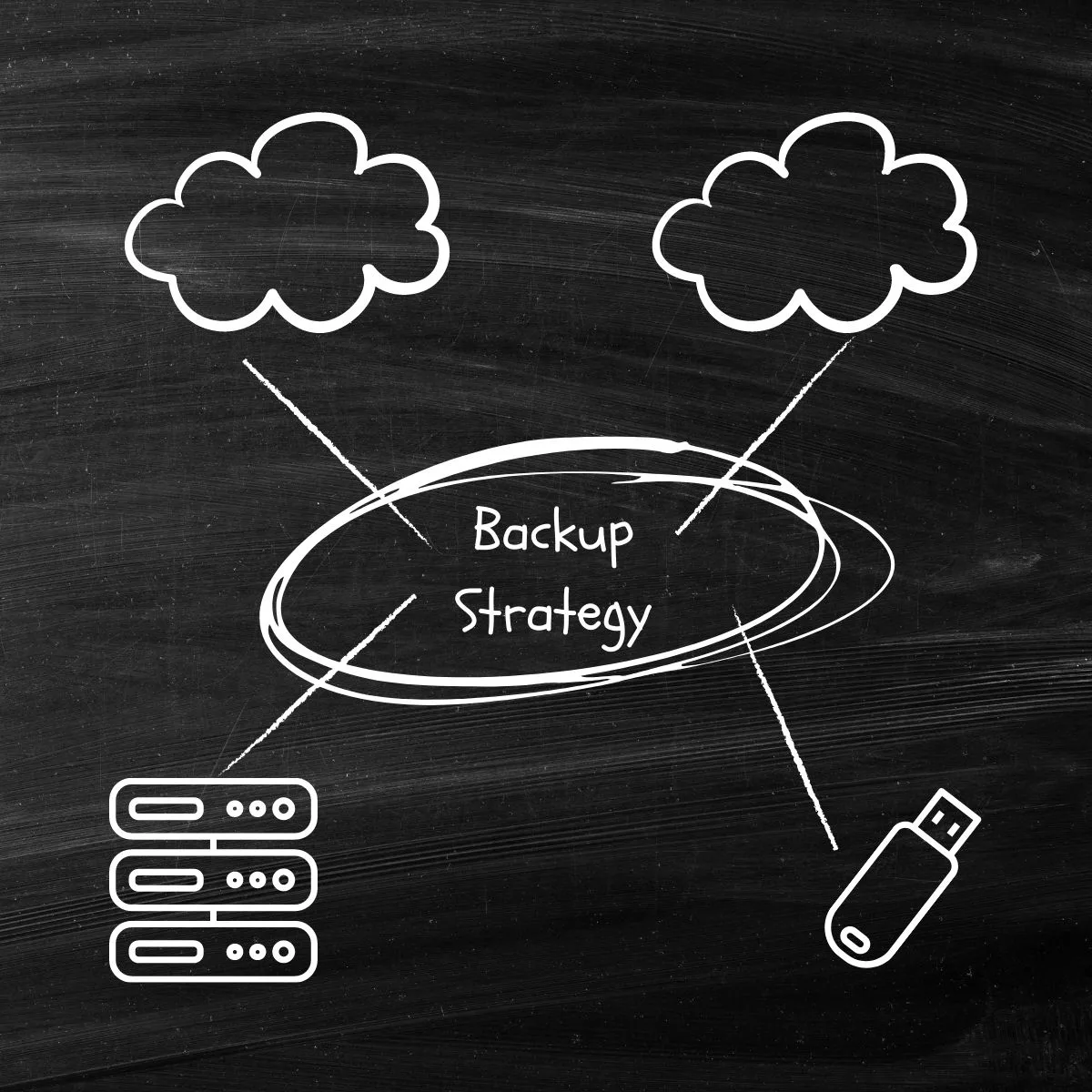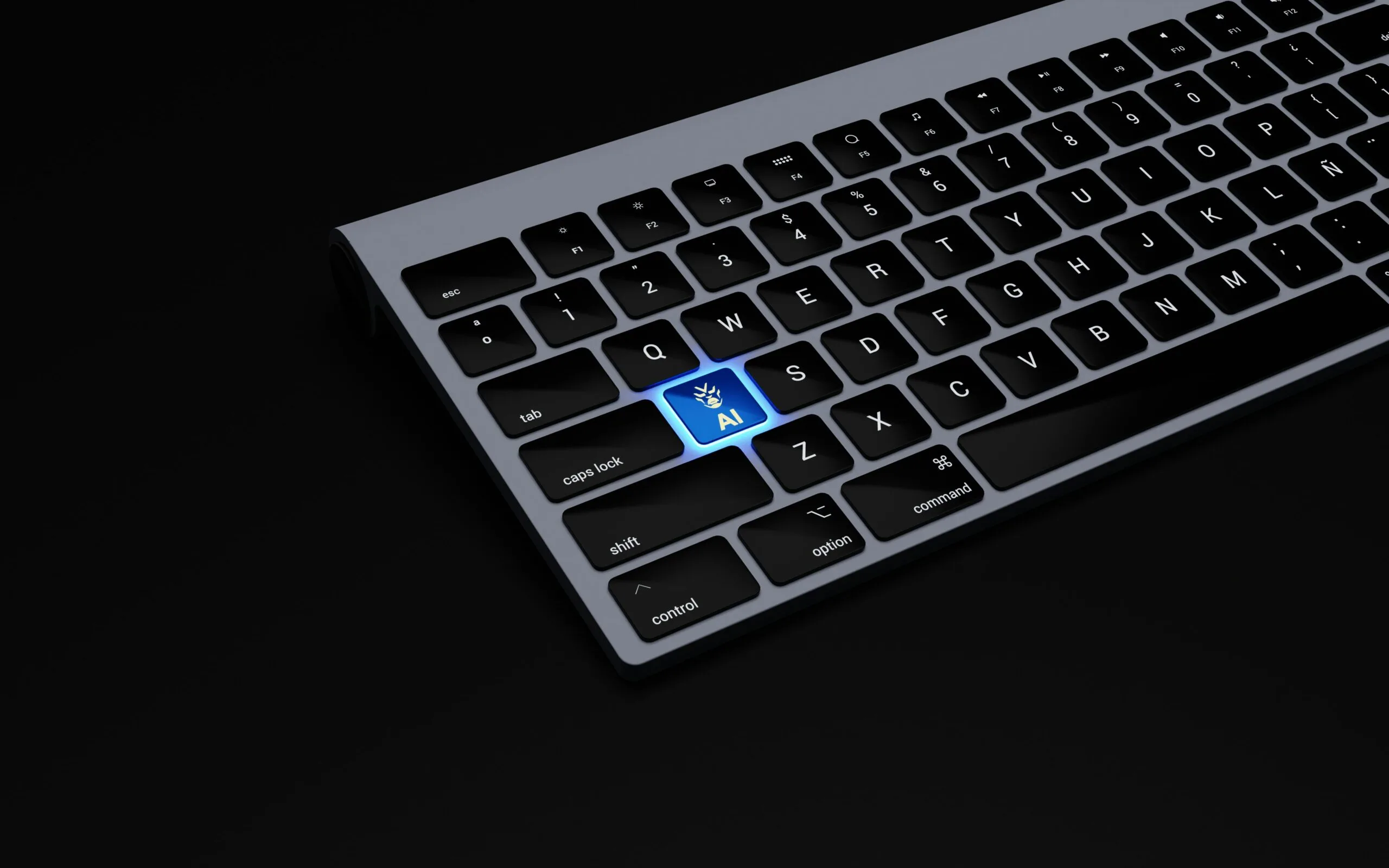The world is driven by DATA. Contact details, financial records, documents, pictures. We all have terabytes of storage of all the DATA we hold most dear, but how many of us backup?
Okay, so most of us backup, but is your backup backed up?
Have you heard of the 3-2-1 backup strategy?
The 3-2-1 backup strategy is designed to backup your DATA across multiple devices in multiple locations. Example: Two copies of your data kept onsite on two different storage devices one of which is not connected to the network and one copy kept offsite i.e. cloud backup.
This was and is a very good strategy for backing up your precious data, but today it is more manual than it should be. What the experts suggest now is to have two offsite copies, stored in the cloud on different servers and one kept onsite. Some also duplicate the onsite copy to provide better resilience. The latter is a more popular option since the introduction of faster broadband and network connectivity. You can now download a terabyte in the same time as it would have taken a gigabyte 10 years ago (Depending on your broadband and internal network).
Let’s look at the options
In a perfect world you would have an incremental backup taken daily (overnight) and stored on a cloud hosted server (see incremental backup section). You would then have another snapshot backup taken and stored on a different cloud hosted server (see snapshot backup section). You would have an onsite NAS (See NAS backup section) with a RAID configuration for easy accessibility and then another external, removable storage device such as a USB password drive. This would stay disconnected from the network until it is time to backup or time to recover.
Most of us do one or the other, some do a couple of these but only a few will do all.
Incremental backup
An incremental backup is where an initial backup is taken, and subsequent backups are run analysing the changes made since the last backup was taken and updating the initial backup with the changes.
Snapshot backup
A snapshot backup is backing up all of the data at once and overwriting the previous backup in that location.
NAS Backup
A NAS backup is a Network Access Storage device. The best of these are configured in a RAID array (Redundant Array of Independent Disk). This spreads the data across multiple disks to prevent loss should a disk fail.
Ransomware
Backups can play a huge role in a ransomware encryption attack. Should a ransomware attack find its way through your firewall, a good backup is the difference between losing all your data, paying a hefty ransom or recovering all of your data since the last backup.
Would you believe that the backup restore is the most cost-effective option?
The small things
The majority of backups are used to recover lost documents or files and there are a few simple options to make recovering those files easier.
Shadow Copies – Windows built-in system that takes a snap-shot of your data at certain points throughout the day. This will take up more space on your hard drive but recovering a file is as easy as right click, restore previous versions. If you work on a server environment your IT company should already have this implemented, but it is also available on workstations as well.
One Drive – Microsoft’s personal cloud storage. If you use Office 365, each user is granted 1TB cloud storage space. This is then backed up by Microsoft servers and various snapshots, previous versions and recovery points are available. Most users utilise One Drive like a USB drive, copying files over as and when. Try this instead… Right click your documents folder (Or any other folder), select properties, Location tab, Move, navigate to your One Drive and click ok. This now moves all your documents to Microsoft’s cloud servers with a local copy stored on your machine. This is also a great idea if you don’t have much storage space on your device. You can store everything in the cloud and only download what you’re using.
Backup the environment
In addition to backing up DATA, some companies opt for backing up their entire IT infrastructure to a remote server. This includes replicating the entire server infrastructure and is kept up-to-date using the offsite backups that we mentioned earlier. This is called a live replica and in the event of failure with the live servers the replica can take over and keep things going until the issue is resolved.
Summary
Whether its business or personal, backups should be at the forefront of your IT infrastructure strategy. Backups are the safety net for your DATA should the worst happen and can save you time, money and reputation.
- Backup everything important
- Backup often
- Backup the backup
The points in this blog are brief, crude descriptions of backups and a lot more goes into a good backup strategy than copying data from one location to another. You need to consider network speeds, bandwidth, disaster recovery plans, hardware, server locations and software, to name a few.
If you would like to know more or discuss implementing your own backup strategy, email hello@c-it.co.uk to speak to an expert technician.
Recent Blogs
Related posts
Cyber Experts Say You Should Use These Best Practices for Event Logging
Today’s businesses are no stranger to the word cybersecurity. They are facing a growing wave of cyberattacks. These come from ransomware to sophisticated phishing schemes. [...]
7 Great Examples of How AI is Helping Small Businesses
Artificial Intelligence is no longer a technology reserved for companies with big budgets. Today, small businesses can access AI tools that help in several ways. [...]
Top Technologies Transforming Customer Service Today
Customer service is at the heart of any successful business. Customer expectations continue to evolve. Companies must evolve strategies and tools used to meet those [...]








